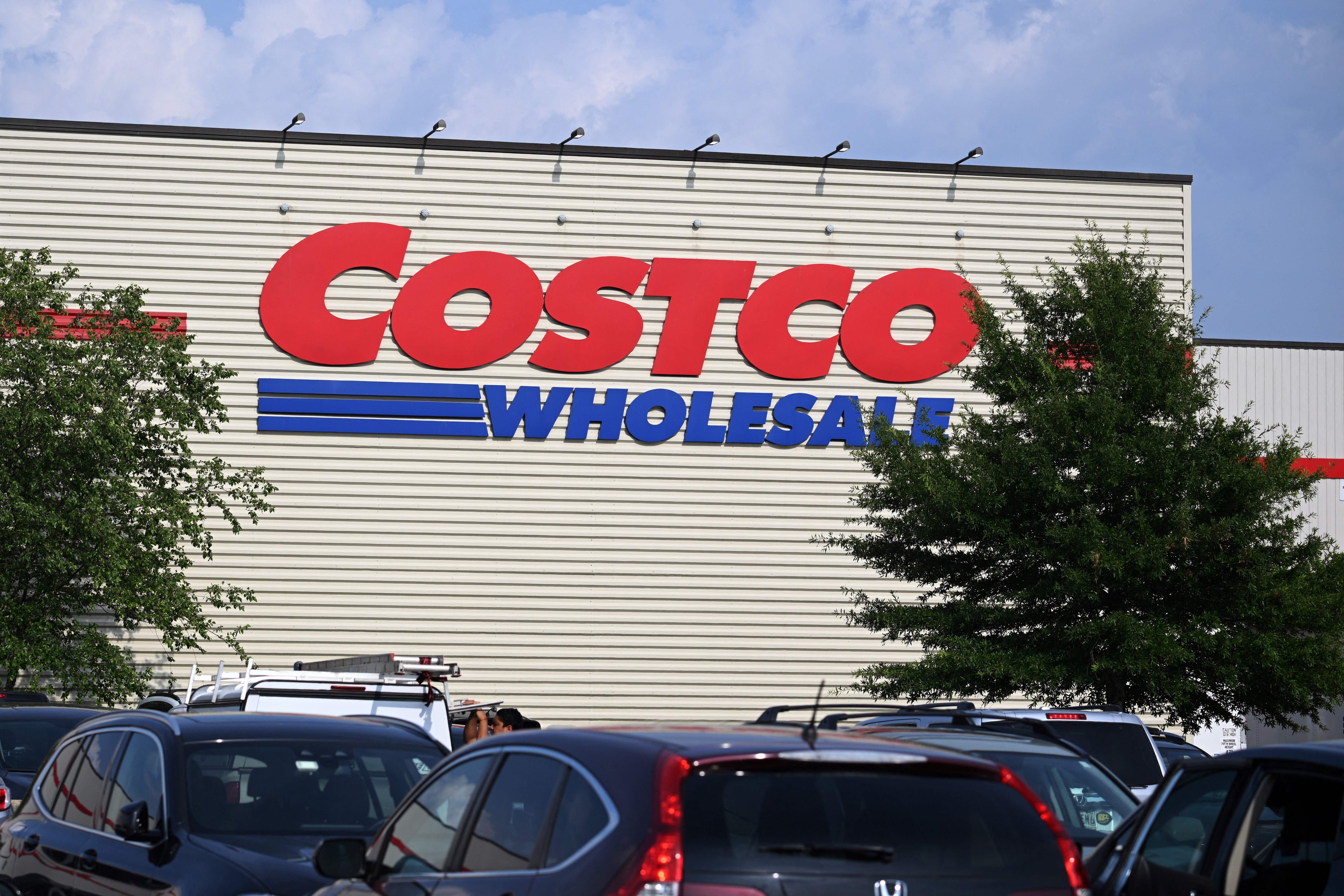When it comes to running a brick-and-mortar retail business, Costco Wholesale (COST 0.01%) arguably does it better than anybody else. As of May 2025, the company has 905 locations, including 624 U.S. locations. These stores had nearly $62 billion in net sales in the fiscal third quarter of 2025 (which ended on May 11).
For those doing the math, this works out to around $68 million in quarterly net sales per Costco location, which is extraordinary and emphasizes my original statement: This company might do physical retail better than anyone else.

Image source: Costco Wholesale.
In short, Costco is huge and stores already generate substantial sales. The challenge is that the bigger the business, the harder it is to grow. In Q3, Costco's same-store sales were up less than 6%. Granted, any growth at this scale is impressive. But it's still a more modest growth rate.
The potential problem for shareholders is that growth is one of the most important things to consider when investing in stocks. There are other important factors, yes. But the best stocks have above-average growth rates more often than not, and Costco's growth is modest.
Growth for Costco's primary retail business may be modest. But the company does have some under-appreciated growth hiding just beneath the surface.
Costco's better growth business
The first number to look at is near the surface. In Q3, Costco had e-commerce net-sales growth of nearly 15%. Through the first three quarters of fiscal 2025, it's had e-commerce net-sales growth of more than 16%. Both of these growth rates far surpass the growth rate for the overall business.

NASDAQ: COST
Key Data Points
There are benefits for a brick-and-mortar business that can get its customers to transact digitally. This is why Costco recently partnered with Affirm. People are frequently using buy now, pay later options such as this. By only offering this option on certain purchases in its e-commerce portal, Costco hopes this will drive digital transactions.
When a traditional retail business such as Costco has a growing digital business, the biggest benefit is better profit margins -- and that's really important here.
Costco has better ability to track its customers than most retailers. Everyone who shops at Costco is a paying member, and purchases are tied to the member's account. Therefore, the company knows who is buying what and when they're buying it, whether the purchase is online or in the store.
Advertisers would love to use Costco's data to personalize ads to its members. One place they can better target them is on an e-commerce portal. But they're not necessarily limited to this. They can also send personalized mailers to try to drive a sale.
Regardless of the method, Costco generates advertising revenue for little incremental cost, which improves margins. In this case, however, the company doesn't use this margin tailwind to pad its bottom line. Rather, it takes this advertising revenue and lowers prices on its products for its members. This is how it stays the low-price leader.
To be clear, Costco isn't only growing its digital business with its e-commerce platform. Its curated marketplace Costco Next is also a budding opportunity. It's a platform for its members that gives them good pricing on select items purchased directly from third parties.
Costco's management didn't disclose exact numbers, but it did say that Q3 sales for Costco Next were bigger than Costco Next's sales for all of fiscal 2022. So whatever the growth rate is, it's substantial.
Understanding the big picture
Costco tries to keep its sales prices low, so sales growth isn't necessarily the best metric to watch with this business. Retail sales don't move the needle much with profits, anyway.
What does matter are Costco's memberships. The company's goal is to attract members and keep them returning. Keeping prices low with things such as advertising revenue helps it do this, and it continues to be a winning strategy. Its Q3 retention rate was close to 93%, which is pretty strong.
Overall growth in Costco's paid memberships was only 7% in Q3. That number would ideally be higher. But thanks to an increase in membership prices, Q3 membership income was up more than 10% year over year. Since this constitutes a large portion of its overall profits, this is good growth.
Costco stock has been a great long-term investment and its huge membership base is a big reason for this. If the company can keep its prices low, it should continue to do well with its membership base. While top-line growth is modest, growth in its digital efforts is allowing it to keep prices low, which supports its membership-based business model. That's something that really matters for investors.





